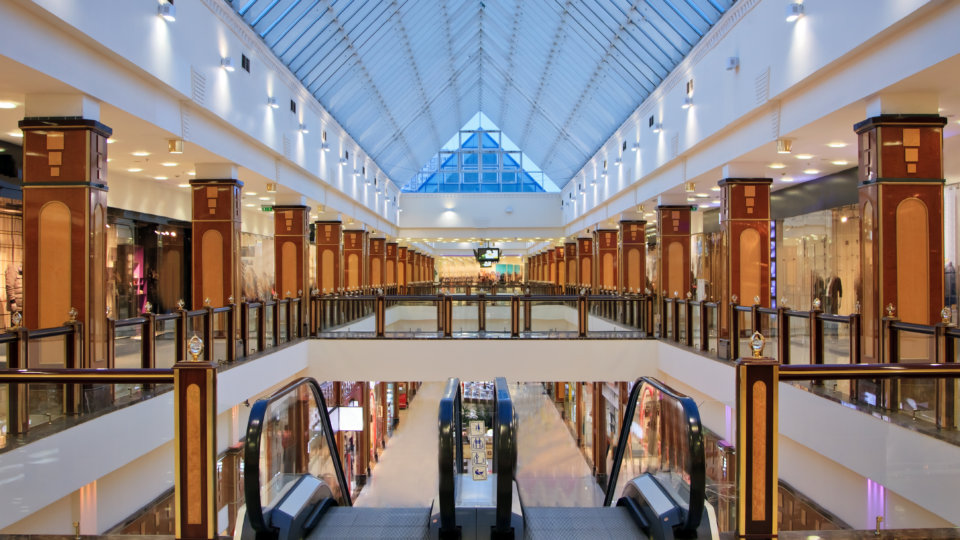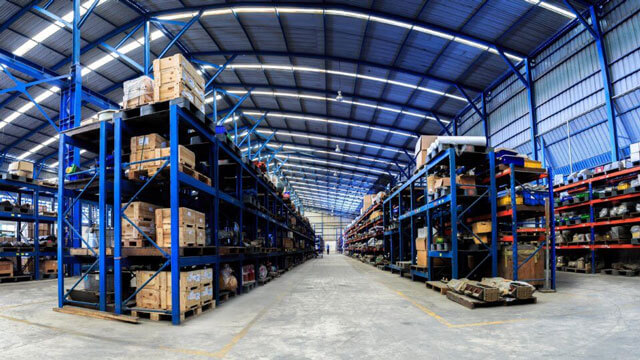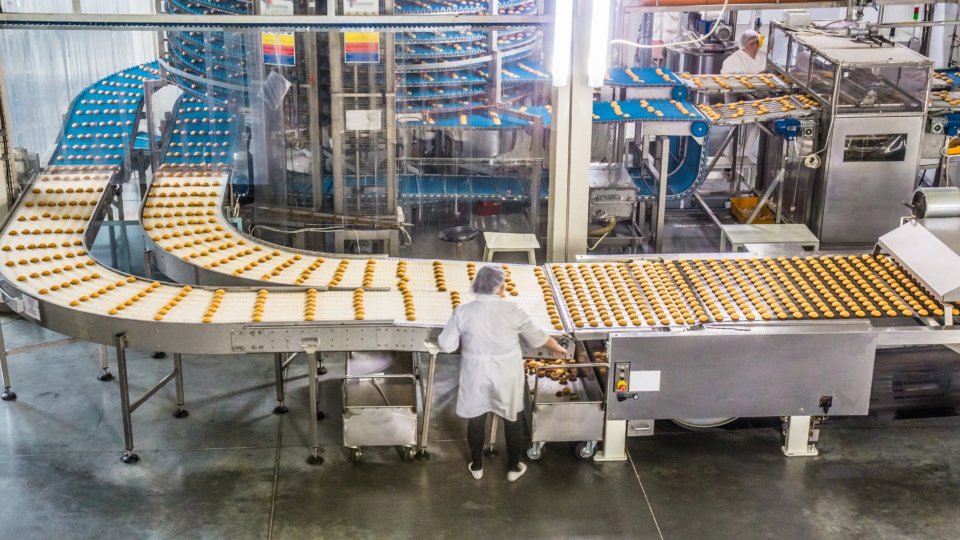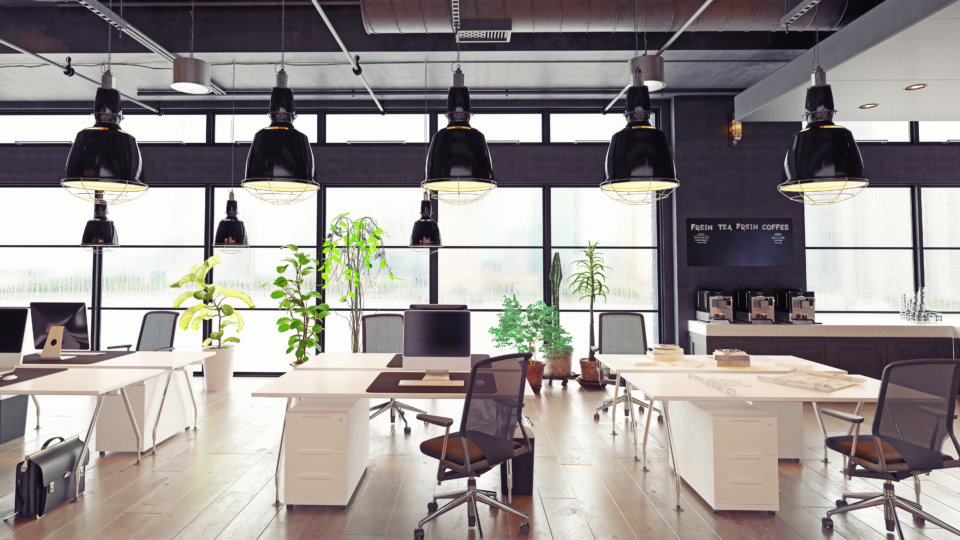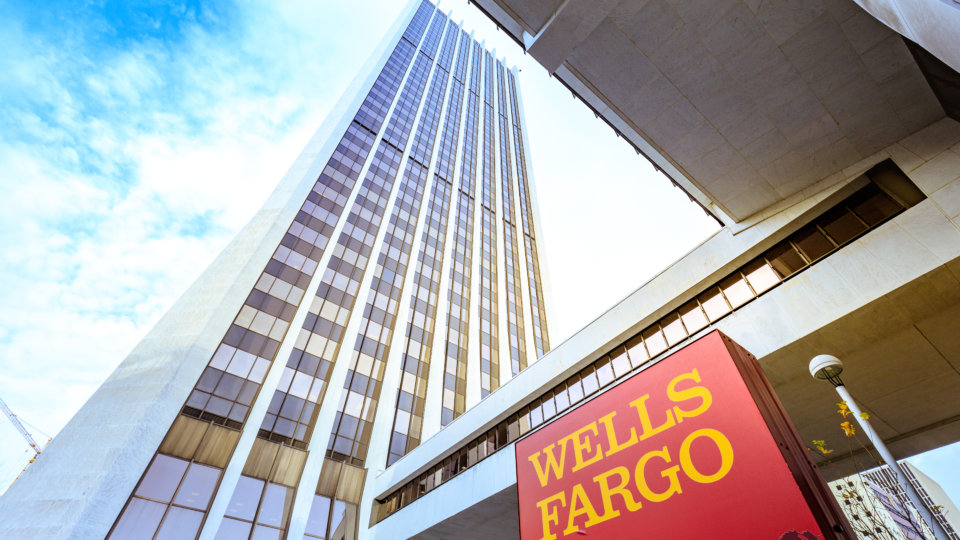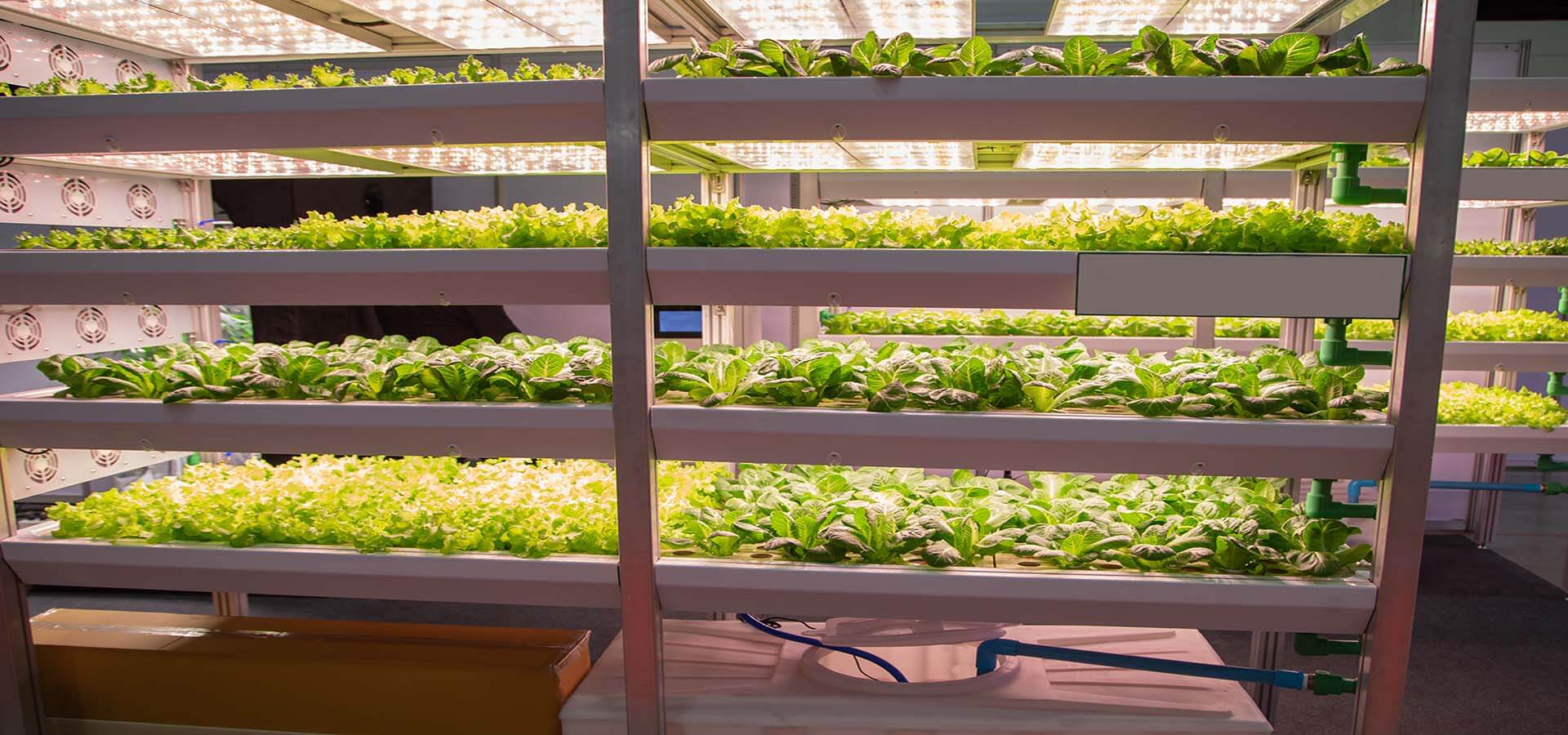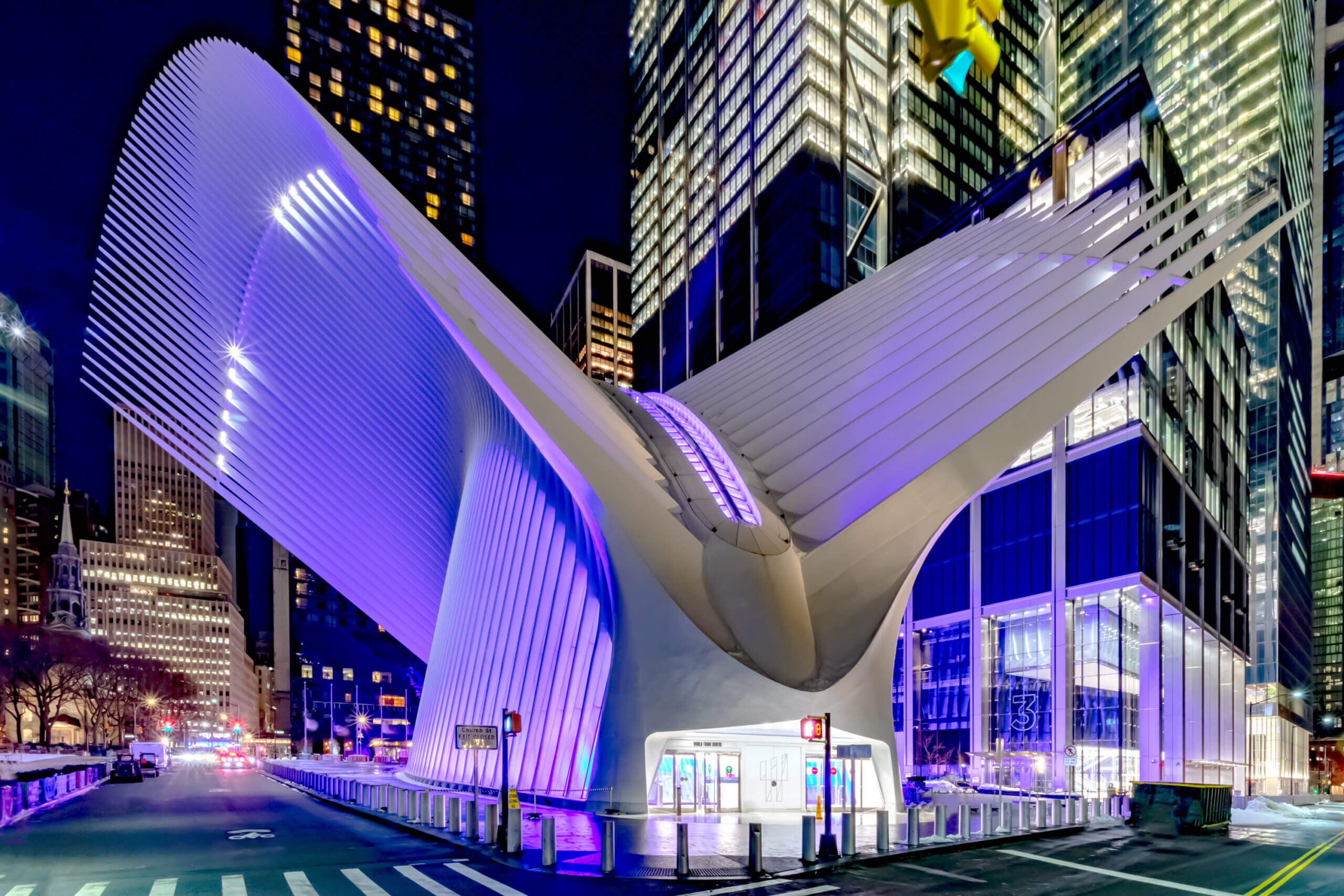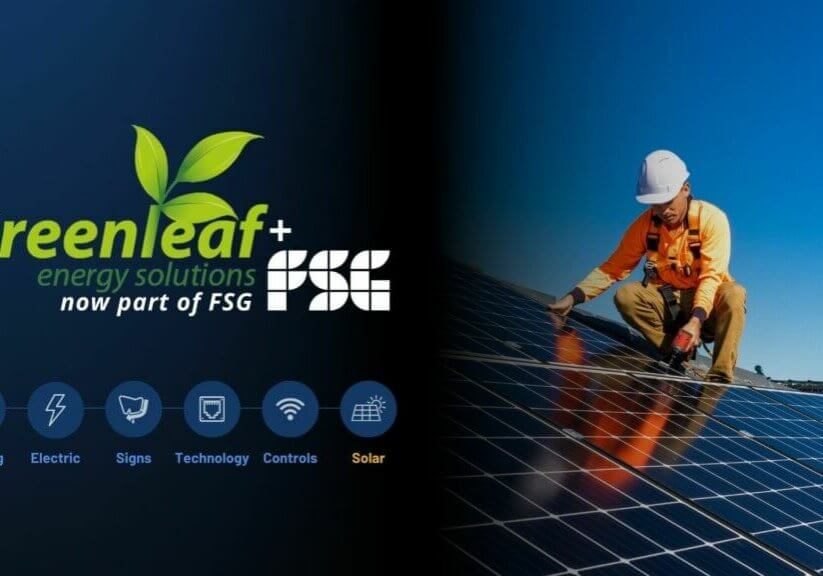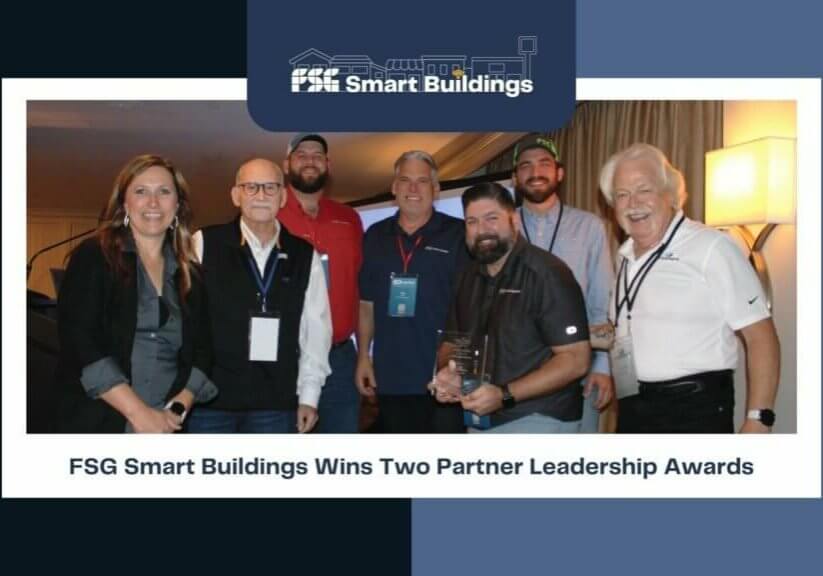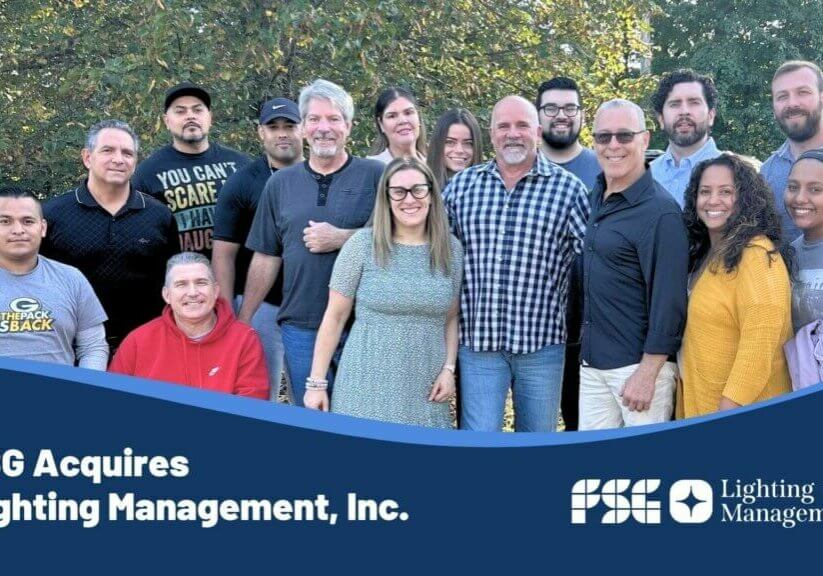What Can Facility Managers Do To Make Their Buildings More Eco-friendly?
Share Article

With the current state of climate change, damage to wildlife, and a rising threat to our natural habitat, the world is aware of the effects of our day-to-day activities on the earth.
The major culprits; greenhouse gas emissions, plastic waste, toxic compounds, and radiation come from well-known sources like vehicles, factories, and humans. However, an often overlooked source of environmental harm are buildings.
Buildings account for about 40% of the total US energy consumption, ranking above the transportation and manufacturing industries. In addition to this, buildings produce over 200 million tons of waste annually in the US.
Several sustainable practices and efforts can be made to make departments and buildings much more eco-friendly.
Part of the responsibility for the implementation of such practices falls on the shoulders of facility managers. Facility managers have the power to incorporate sustainability and apply all necessary changes required to result in a “greener” building.
So, how do they go about achieving this? Here are some very effective things facility managers can do to make their departments more eco-friendly.
Adopt green practices
There are several green practices that facility managers can implement in their departments.
One of these is banning the use of single-use non-biodegradables. The US is making moves to ban the use of single-use plastic cups, cutlery, bags, and straws, as well as all styrofoam. This ban is already in effect in certain states. Facilities managers don’t have to wait for the worldwide adoption of such practices before applying them in their buildings.
Banning single-use plastics and styrofoam would greatly reduce the amount of waste a department generates. It is important to then provide alternatives or encourage occupants to do so themselves.
Furthermore, enlighten occupants on the need to be extremely energy and waste-conscious. The following are simple steps that add up to significant energy savings and waste reduction.
- Do not leave electronic cleaning or maintenance appliances running when you pause a task for any reason. Switch them off until you are ready to continue.
- Upgrade all facility lighting to LED bulbs.
- Use smart controls to maintain and monitor efficiency in your facility.
- Remove bulbs from refrigerators and vending machines.
- Set refrigerators to the recommended temperature and not lower.
- Be conscious of water wastage.
- Facility managers should also discourage windowless offices as these have no natural light and depend on more energy consumption.

Buy energy-efficient assets and tool
Lowering the overall energy consumption of a building is a big step in making a department or building more environmentally friendly. A large portion of the energy used by buildings is consumed by appliances.
Many of these appliances weren’t created with energy conservation in mind. However, the good news is that there are various energy-efficient alternatives.
An effective way of reducing the energy consumption of a building is by replacing energy-related assets with their energy-efficient counterparts. LED light bulbs (LEDs), for example, use at least 75% less energy than traditional incandescent bulbs.
Facility managers should only procure appliances with energy-efficiency certifications such as the Energy Star certification. This certification is provided by the US environmental protection agency (EPA) and the US department of energy and certifies that an appliance saves energy, saves money, and protects the environment. You can save 25% – 40% of energy using such products.
Do not forget about building maintenance
Assets within a building will deteriorate with use over time if not properly maintained. Buildings are machines themselves in a way, therefore they need to be regularly inspected, maintained, and if need be, repaired.
Most assets in poor condition consume more energy and resources and produce more waste. Likewise, gaps in walls, floorboards, windows, and doors can all amount to energy wastage. Leaking ductwork, plumbing, and HVAC systems also result in waste.
To boost environmental friendliness, building maintenance is needed to keep assets and the building itself in peak condition. Building maintenance covers all activities carried out in the regular inspection and repair of a building and all assets within.
Facility managers are in charge of coordinating all maintenance work. This can be quite tasking as there are numerous aspects of a building including electrical systems, HVAC, plumbing, utility, appliances, etc.
Facility managers can improve productivity by investing in computerized maintenance management systems (CMMS) to schedule, oversee, and manage all maintenance operations which means the assets can be kept in better overall condition.
An added benefit of using a digital solution like CMMS is the elimination of paper records and work orders which moves you a step closer towards becoming a paperless organization.
Utilize BEMS
Being energy conscious is an important part of facility management efforts. For greater energy conservation, facility managers can utilize building energy management systems (BEMS). BEMS are integrated, computer-based systems that monitor and control all energy-related assets and systems within a building. A fully automated system is also called a Smart Building control system.
Image source – Visualization of BEMS
When installed, a BEMS links existing energy-consuming infrastructure such as electrical systems, HVAC, lighting, equipment, etc to a central management software program that monitors and measures energy usage. The software then uses the gotten data to control and optimize energy consumption.
For example, BEMS can regulate HVAC to the optimal required temperatures, switch appliances and lighting on or off according to the time of day, and control the amount of energy that enters a building from the grid. BEMS can provide 10 – 25% energy savings.
If you want to take things a step further, look into advanced building controls you can implement or combine with your existing solutions.
Recycle what you can
In the US, buildings generate millions of tons of waste annually. While a large percentage of this waste is recyclable, only a measly 35.2% end up in recycling or composting facilities.
For a department to be eco-friendly, facility managers need to take proactive steps to ensure that all recyclable waste is handled properly and end up in recycling centers.
Place recycling bins at strategic points throughout a building. There should be separate bins for different classes of recyclable waste including damaged electronics. In office settings, paper waste bins tend to fill up quickly.
When this happens, occupants may use general waste bins, defeating the purpose of a recycling program. Facility managers can prevent this by ensuring that bins are emptied regularly. Also, ensure that all waste is sent to a standard recycling facility.
Use environmentally-friendly consumables
A lot of the consumables used in buildings are either toxic to the environment or were made without environmental considerations. Using only environmentally friendly materials is a great way by which facility managers can make their departments more eco-friendly. Facility managers should:
- Procure only non toxic biodegradable cleaning supplies that meet the EPA safer choice standard.
- Use LEED-certified cleaning equipment that uses less water and detergent.
- Procure only chemical compounds such as paints and fertilizers that have a Green guard certification or USDA certification.
- Purchase fittings, furniture, and consumables such as paper and ink from environmentally responsible manufacturers.
Conclusion
The attitude of occupants plays a crucial role in achieving an eco-friendly department. Facility managers should introduce, encourage, and ensure the implementation of all green initiatives. It is a good idea to set eco-friendliness goals and celebrate whenever a milestone is achieved.
Eco-friendly departments and buildings not only help in preserving the planet but also save a lot of resources and costs, as well as increases the productivity and comfort of all occupants.
Bryan Christiansen is the founder and CEO at Limble CMMS. Limble is a modern, easy to use mobile CMMS software that takes the stress and chaos out of maintenance by helping managers organize, automate, and streamline their maintenance operations.



